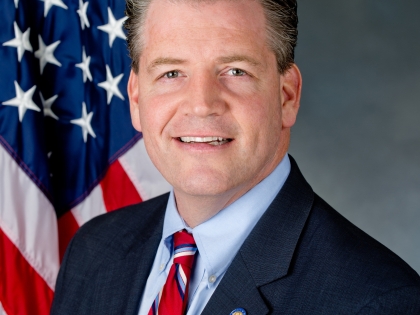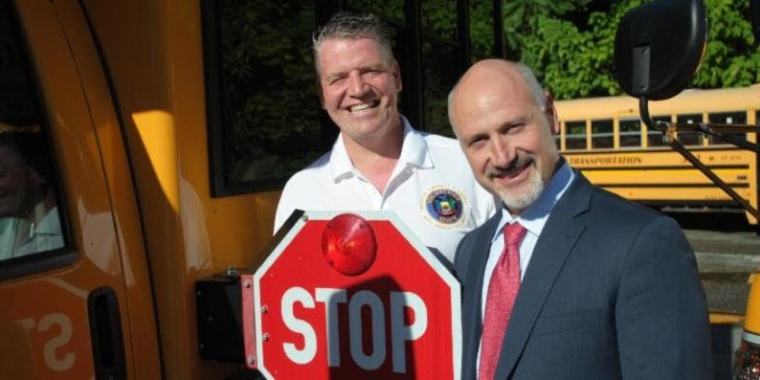
The Fish Rots from the Head: Murphy, Fellow Senators disagree with findings in EPA's report on the Health of the Hudson River
September 6, 2017

Albany, NY - Years ago, when General Electric dumped lethal doses of polychlorinated biphenyl's (PCBs) into the Hudson River, the running joke was if you ate a fish from the river you would glow like a GE lightbulb. The Hudson River became a symbol for sick and polluted rivers nationwide. The Environmental Protection Agency (EPA) took GE to task, requiring that the company remove roughly two-thirds of the PCBs by dredging the river. The Hudson River clean up became one of the largest, most complex Superfund sites in U.S. history.
Senator Terrence Murphy and a group of fellow legislators have seen evidence in the EPA's Hudson River Superfund Site: Second Five-Year Review report that indicate the EPA's efforts to clean up the Lower Hudson River shoreline have fallen short of improving the river's ecological and economic health. In response to the findings, Senator Murphy worked with four fellow Senators, David Carlucci, Martin Golden, Marisol Alcantara and Jesse Hamilton to draft a letter to the EPA refuting their conclusion that additional cleanup of the Hudson is unnecessary.
In the letter, the Senators requested that in order to meet satisfactory health and ecological standards, the EPA should direct GE to develop a plan of action to remove additional sediment contaminated with PCB's from the Lower Hudson River. The letter also called for the EPA and other agencies to improve their effectiveness in getting fish consumption advisories to the public.
"The report acknowledges that PCB concentrations in fish in the Upper Hudson are declining but have not yet reached protective levels. There are officials at the EPA who have determined that it will be at least fifty-three years before anyone can enjoy eating the fish from the Hudson River without facing serious consequences to their health," said Senator Murphy. "If the EPA does not take additional action to fully remediate the Lower Hudson River, not only will the health of those who subsist on contaminated fish be in jeopardy, but riverfront revitalization projects that can create jobs could be stalled or scrapped altogether. If the EPA stands pat, the onus to clean up the river could be passed on to state taxpayers, and that possibility is unacceptable."
The report openly states that PCB levels between the Troy Dam and the tip of Manhattan have not shown expected declines resulting from dredging in the Upper Hudson River. Between 1947 and 1977, General Electric polluted the Hudson River by dispensing 1.3 million pounds of potentially carcinogenic PCBs, causing a range of harmful effects to wildlife and people who eat fish from the river or drink the water. As a result, GE signed a consent decree with the EPA in 2005 to perform dredging to reduce PCBs in the fish, water and sediment. As part of their efforts, the EPA is required to release reports on its progress every five years. With PCB levels still at unhealthy levels, it is clear the Superfund project has not gone far enough to protect the health of shoreline residents or improve the environment.
Two other federal agencies, the National Oceanic and Atmospheric Administration
(NOAA) and the U.S. Fish and Wildlife Service (USFWS), recently published a peer-reviewed study suggesting hazardous levels of PCBs will remain in fish in the Lower Hudson River for much longer than the EPA predicts. The New York State Department of Environmental Conservation (NYSDEC) has also expressed their concerns with the findings in the EPA's report.
Share this Article or Press Release
Newsroom
Go to NewsroomState Senator Murphy focuses on affordability for 2018
January 9, 2018

Senator Murphy to Governor Cuomo: What about Indian Point?
January 2, 2018


